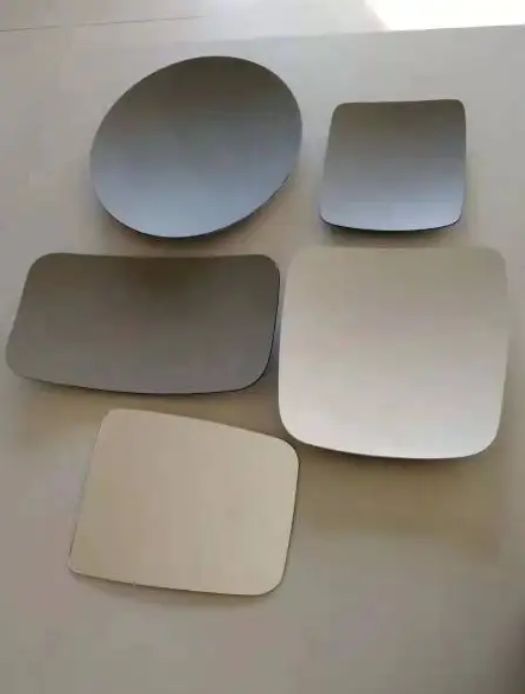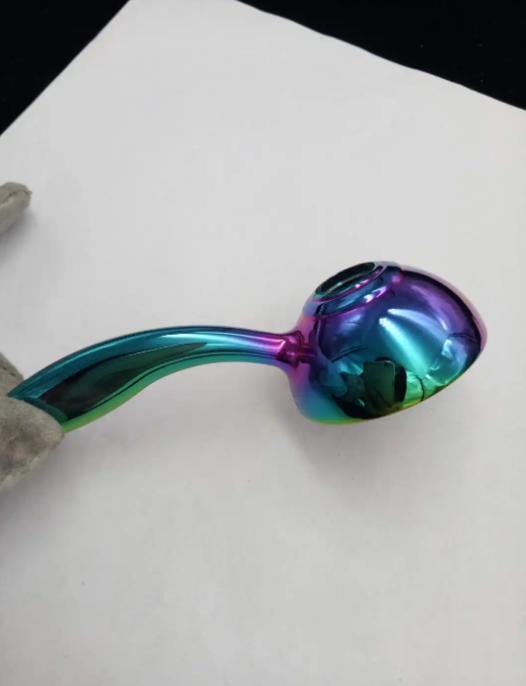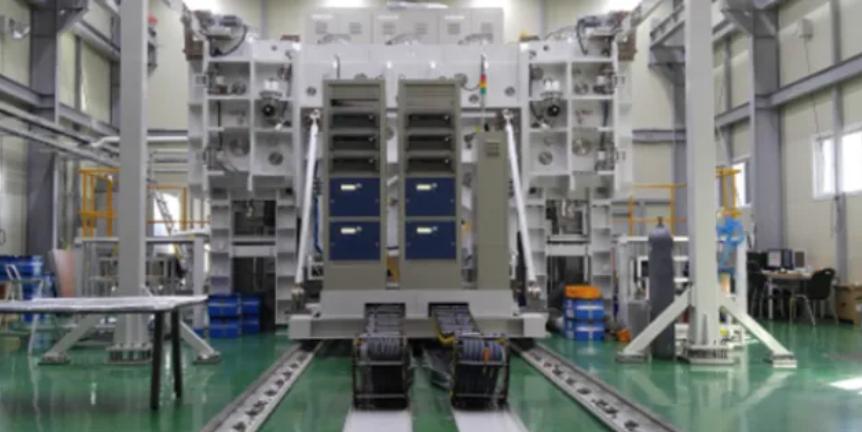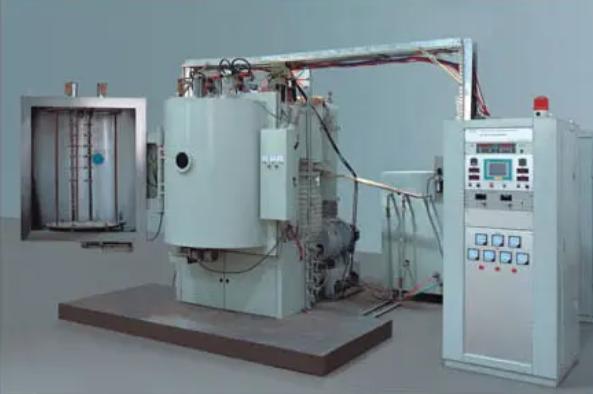News
-

The use of vacuum coating – aerospace
If the part is going to fly through the sky at speeds in excess of 600 mph, it’s best to be wear-resistant. Vacuum coating is a critical component for aerospace components that withstand high temperatures, friction and harsh environments.Read more -

Uses of Vacuum Coating – Automotive
Sharp brakes, corrosion, rust, rubber-to-metal adhesion problems, and overheating of engine parts… these are some of the problems that strong vacuum coatings can help with auto parts. You can coat steering column assemblies, exhaust washers, brake calipers and many other components.Read more -

Uses of Vacuum Coating – Additive Manufacturing
The additive manufacturing industry is constantly evolving. New applications for 3D printing appear almost every day. The current limiting factor is the properties of the substrate used. PVD and ALD thin film coatings have the potential to enhance and improve the surface properties of additive pa...Read more -

Uses of Vacuum Coating – Medical Tools
Black titanium nitride applied via PVD coating is becoming the standard for medical tools. The coating reduces friction, provides biocompatibility for implants, is antibacterial, and acts as a chemical barrier for those sensitive to nickel (usually found in tools). Not to mention, the black titan...Read more -

Uses of Vacuum Coating – Manufacturing Tools
Thin film coatings are ideal for making tools because they can withstand extremely harsh conditions without pushing the tool out of tolerance. Remember, the coating is designed to be part of the tool. It’s not cosmetic, which means it won’t wear out over time or knock critical compone...Read more -

Uses of Vacuum Coating-Semiconductor
Vacuum coating extends consumable life in the semiconductor industry and reduces chamber downtime. Coating materials range from fused silica to yttria-stabilized zirconia, and the coatings are optically clear and chemically inert. All of this means lower cost of ownership by synchronizing mainten...Read more -

The use of vacuum coating-injection mold
Many companies are struggling with the problem of parts sticking to injection molds when they should be ejected. The lubricity of vacuum coating solves this problem. Parts are easily demolded from film-coated molds, making the production process efficient. In other words, it saves time and money....Read more -

Types of Vacuum Coatings – Cathodic Arc
Cathodic arcing is a PVD method that uses an arc discharge to vaporize materials such as titanium nitride, zirconium nitride or silver. The evaporated material coats the parts in the vacuum chamber. Types of Vacuum Coatings – Atomic Layer Deposition Atomic Layer Deposition (ALD) is ideal fo...Read more -

Types of Vacuum Coatings – Sputtering
Sputtering is another type of PVD coating used to deposit a coating of conductive or insulating material on an object. This is a “line of sight” process, as is the cathodic arc process (described below). During sputtering, an ionized gas is used to ablate or slowly remove metal from t...Read more -

Vacuum Coating
Vacuum coating is used to protect everything from medical tools to aerospace components. They help objects resist abrasion, friction, harsh chemicals and heat. So they last longer. Unlike other protective coatings, thin film deposition (vacuum) coatings do not have unwanted side effects – o...Read more -

Types of vacuum coating – PVD coating
Physical Vapor Deposition (PVD) is our most commonly used vacuum chamber coating process. The part to be coated is placed in a vacuum chamber. The solid metal material used as the coating is evaporated under vacuum. Atoms from the vaporized metal travel at nearly the speed of light and become emb...Read more -

Vacuum coating technology
Vacuum coating technology, also known as thin-film technology, is used in a wide variety of industries, such as fresh-keeping packaging foils in the food industry, anti-corrosion protection films, solar cell production, decorative coatings for bathroom accessories and jewelry, to name a few. The ...Read more -

Plastic vacuum metallization
Plastic vacuum metallization is widely used in perfume bottle caps, car lamp reflectors, car logos and mobile phone cases all over the world. This technology is also commonly known as “PVD coating”. Compared to water-based plating, vacuum coating is a more affordable option while main...Read more -

Classification of vacuum coating machines
On the basis of type, the vacuum coater market is segmented into CVD (Chemical Vapor Deposition) coaters, PVD (Physical Vapor Deposition) coaters, magnetron sputtering, and others. CVD includes integrated circuits and photovoltaics, metal organic frameworks, polymerization, gas sensing, and low-k...Read more -

Vacuum coating equipment market-2
Asia Pacific is the largest region for the vacuum coating equipment market in 2021. The regions where vacuum coating equipment is sold are Asia Pacific, Western Europe, Eastern Europe, North America, South America, Middle East and Africa. Countries where vacuum coating equipment is sold are Austr...Read more -

Vacuum Coating Equipment Market Report
The vacuum coating equipment market consists of vacuum coating equipment sold by entities (organizations, exclusive traders, and partners), which includes the application of vacuum technology, which requires sub-atmospheric pressure environments and atomic or molecular flammable vapors. Vacuum co...Read more
